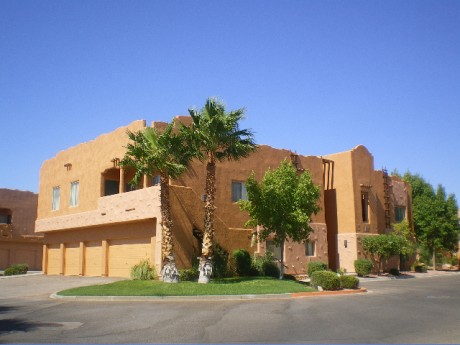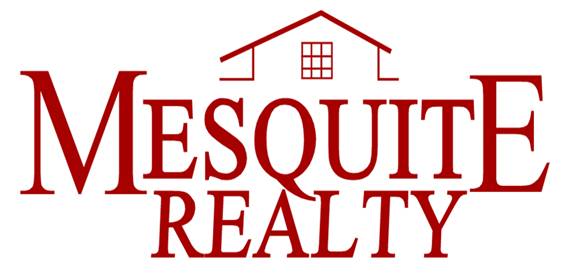
The valuation process in Real Estate is a step by step process that appraisers, Realtors and others use do to get come up with estimated home values. These home values are needed by banks and others usually in order to determine if the home value is in line with the loan being applied for.
There are 3 ways in which these homes estimates are determined:
1. Market Approach. This method is sometimes called the Market Comparison Approach, Market Analysis, and Comprehensive Market Analysis (CMA). This method, used mostly for residential property, takes your home known as the Subject Property and compares it to other Comparable or “Comps” nearby in terms of size, bedrooms, bathrooms, acreage, age, amenities and many other factors. The more similar they are the less adjustment that need to be made in comparing them.
The Multiple Listing Service is a big help because it can give active listings for sale as well as closed sales that can both be used in making this estimate, appraisal or CMA. It is crucial the the information be accurate. Generally anywhere from 3-6 comparable sales are compared to the subject property. It is recommended that comparable sales be no more than 6 month old and preferably newer than 3 months. Each of these comparable are then averaged to give the estimated sales price.
2. Cost Approach. There are times when the market approach will not have enough sales to give an accurate value, for instance in estimating the cost of a very large custom home, library, or a fire station… which are not built often enough to look at others and compare. This is where the cost approach is used to estimate the value of new construction costs. Step one is to evaluate the cost of the land. Step two is estimating costs of building supplies, permits, utilities, contractor services and construction wages, all at current prices. Step three you need to look at wear and tear and what needs to be brought up to today’s building code. Step four is to depreciate, or subtract the wear and tear cost from what the home or building would be worth if it were built today. This total will give you the estimated value of the property using the Cost Approach.
3. Income Approach. This method takes in account the amount of money you can make by renting the property and making a return on your investment. For example you buy Mesquite Condos for $100,000 and rent it for $700/mo you will have a capitalization rate or “cap” rate of 4.2% on your money (700/mo x 12 months= 8400 then $8400/$100,000= .042 or 4.2%). So if you want a better return than you need to buy the home for less or get more rent.
Now you may say… that is not exactly right, what if you are paying the HOA dues and taxes. Which would make your return go down some. You need to be able to forecast you income and expenses. What if you need need a property manager, because you live out of state. This is where you need to do your homework and know the operating expenses as well as factoring in reserves. Factoring all these costs in you will get your Net Operating Income and this should be used instead of the Gross Operating Income when figuring cap rates.
If you can get a good return on you investment and then get a few years of appreciation as well, your small condo could return you a serious return on your investment money.
The appraiser have “pro forma” tables that tell them industry averages of Returns on Investmets. If the appraiser knows your net income and what the industry average is they can give you a price. Here is an example if your home brings in $15,000/yr rent and the average return investors are making is 6% then you take 15000/.06 = $250,000. This is an example of the income approach.

What happens if your home doesn’t appraise?
Let say you write a contract for $250,000 to buy a home in Mesquite NV. A week later the appraiser comes back and says the appraised price is only $230,000. What now?
In the Residential Purchase Agreements used by the Greater Las Vegas Association of Realtors, if the appraisal comes in for less than the agreed on price three (3) things can happen. 1. Buyer makes up the difference with cash. Now you come up with $20,000 cash to make up the difference or 2. Ask the seller to lower the purchase price to $230,000 because that is what it appraised for or 3. You can meet in the middle and maybe you come up $5,000 and the seller reduces the purchase price to $235,000. If both parties can not agree on any of these option then the contract is void and the earnest money is returned to buyer unless otherwise in writing.
Article written by Brandon Park, BS Finance from University of Utah and Member of the Mesquite Real Estate Team of Bowler Realty.




{ 1 comment… read it below or add one }
Brandon..
With the new Home Valuation Code of Conduct (HVCC) rules, are you experiencing the kinds of appraisal problems we are seeing in Minneapolis?
We have been plagued with low appraisals because the system is not working. We get appraisers from as far away as Duluth that come up with numbers deflated by as much as 20%.